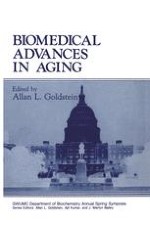1996 | Buch
Über dieses Buch
Document Processing and Retrieval: TEXPROS focuses on the design and implementation of a personal, customizable office information and document processing system called TEXPROS (a TEXt PROcessing System). TEXPROS is a personal, intelligent office information and document processing system for text-oriented documents. This system supports the storage, classification, categorization, retrieval and reproduction of documents, as well as extracting, browsing, retrieving and synthesizing information from a variety of documents. When using TEXPROS in a multi-user or distributed environment, it requires specific protocols for extracting, storing, transmitting and exchanging information.
The authors have used a variety of techniques to implement TEXPROS, such as Object-Oriented Programming, Tcl/Tk, X-Windows, etc. The system can be used for many different purposes in many different applications, such as digital libraries, software documentation and information delivery.
Audience: Provides in-depth, state-of-the-art coverage of information processing and retrieval, and documentation for such professionals as database specialists, information systems and software developers, and information providers.
Anzeige
